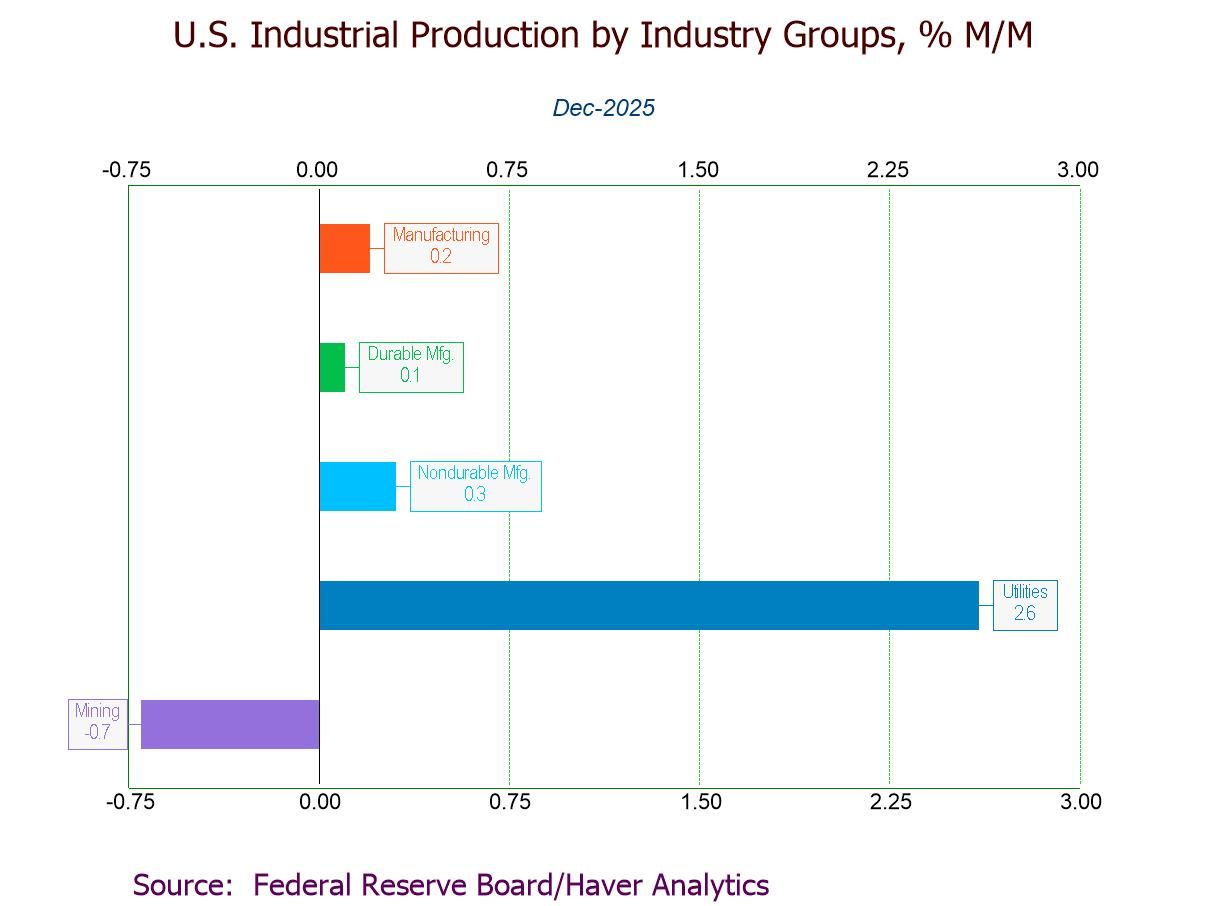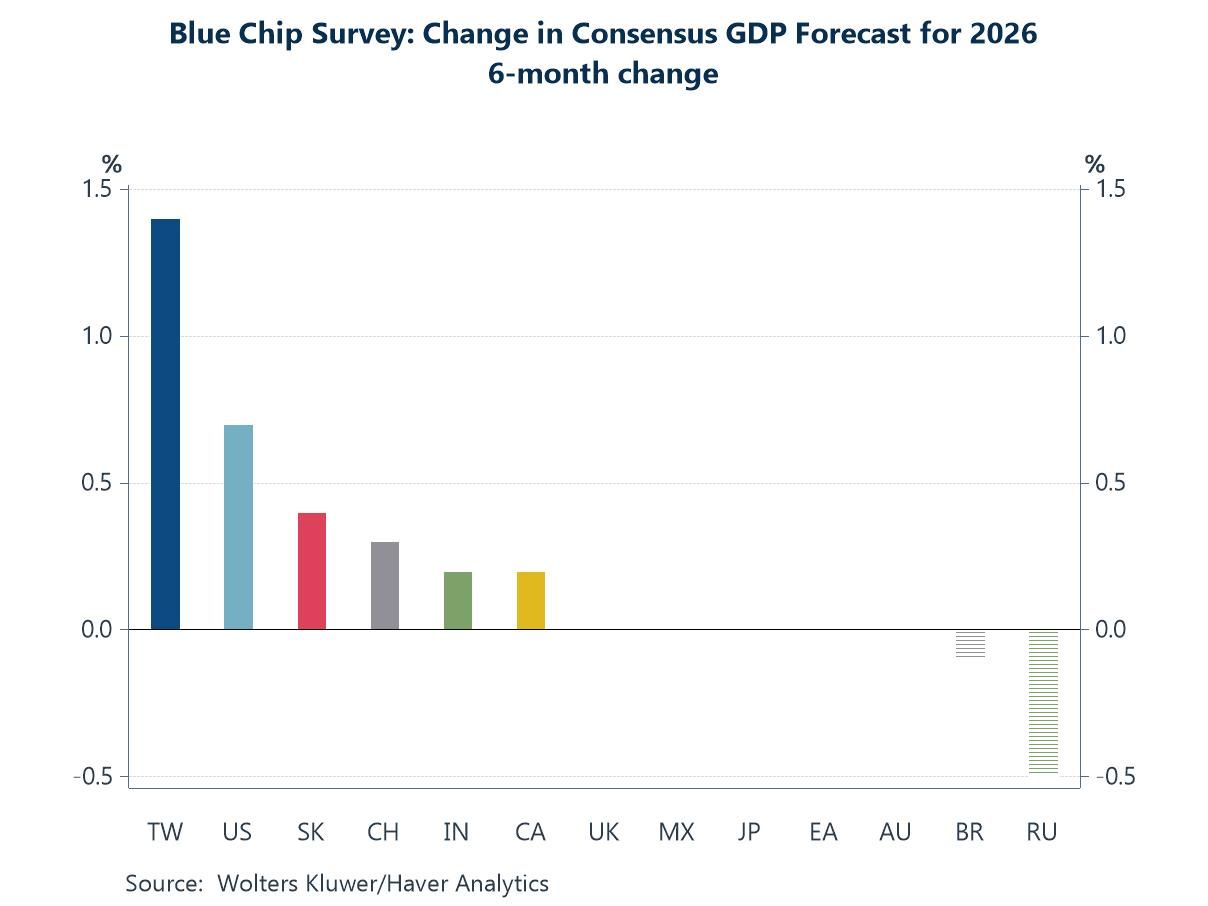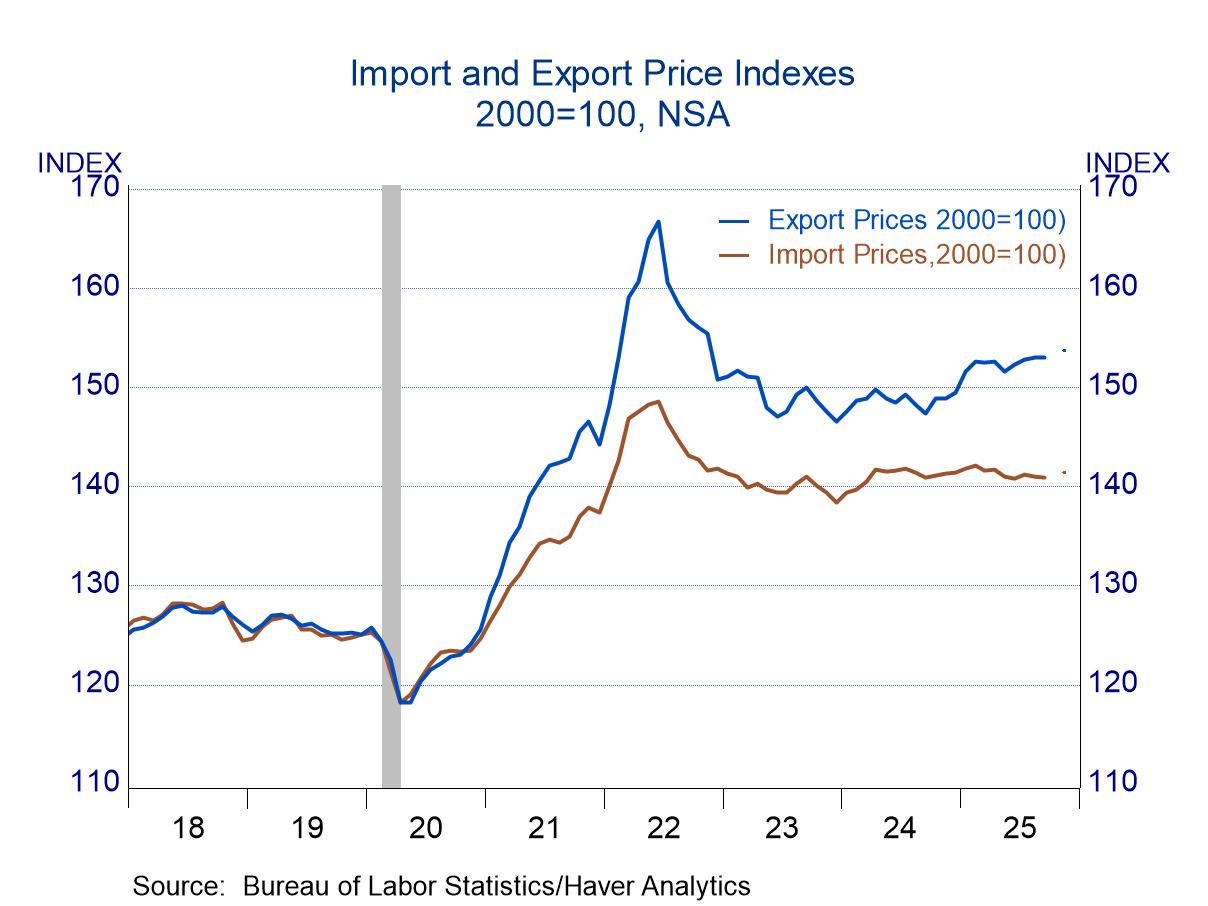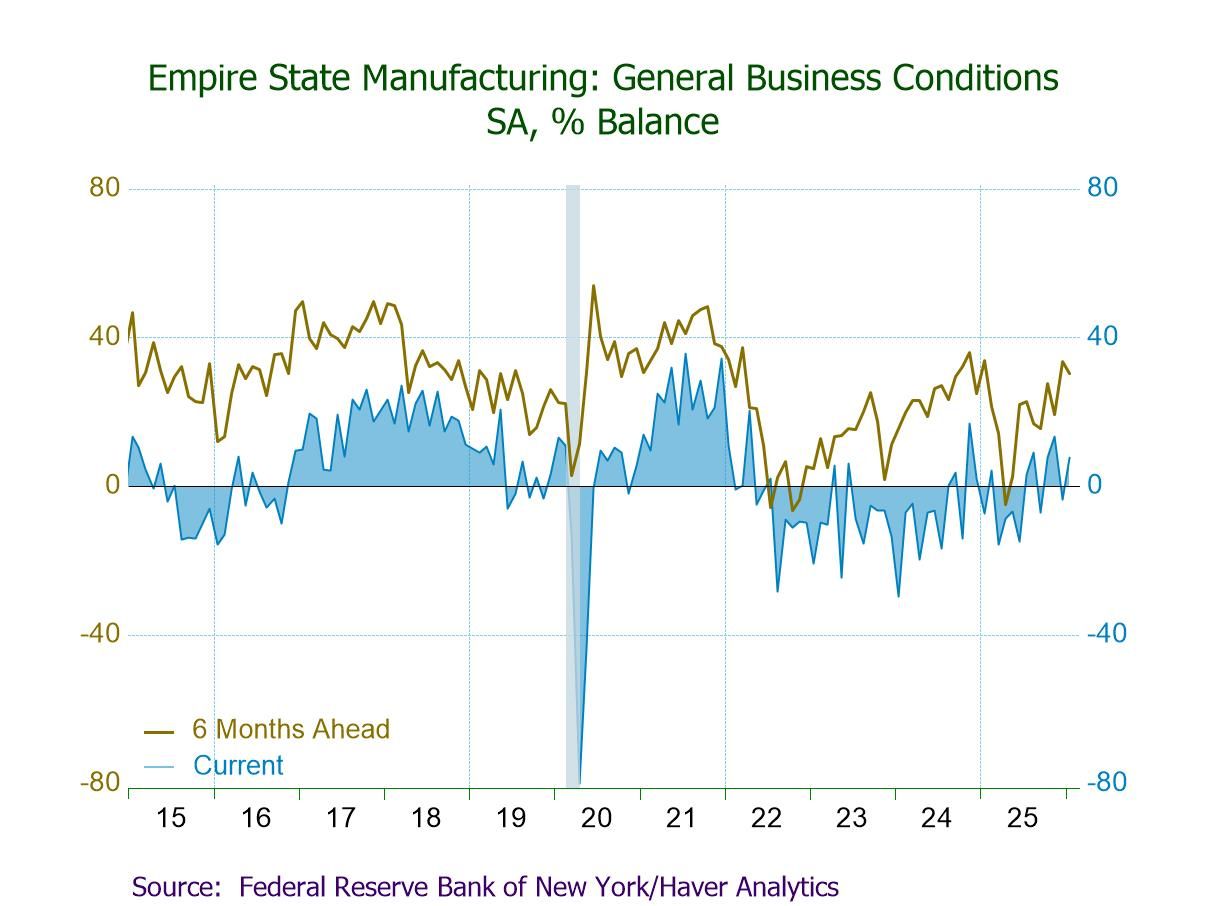Kansas City Fed Manufacturing Index in Negative Territory for the Third Straight Month in December
Summary
-
Index declines to -9 in Dec., lowest since May '20, from -6 in Nov., w/ new orders (-17), production (-13) and shipments (-1) in negative territory.
-
Employment falls to a zero reading, its lowest level since Nov. '20.
-
Price pressures ease somewhat, w/ the prices paid index for raw materials dropping to the lowest level since Jul. '20.
-
Expectations for future activity improve slightly.


The Federal Reserve Bank of Kansas City reported that its manufacturing sector business activity index was at -9 in December, down from -6 in November and -7 in October. The December reading was well below a record-high 37 in March and 22 last December, indicating Tenth District manufacturing activity dropped at a slightly faster pace this month than last month and worsened to the lowest level since May 2020. "The slower pace in factory growth in December was driven by decreased activity in printing, wood products, machinery manufacturing, and food manufacturing," the Kansas City Fed reported. The ISM-adjusted index calculated by Haver Analytics showed contractions for the third consecutive month, falling to 44.5 in December from 47.3 in November and 49.0 in October. The latest reading was the lowest level since May 2020 and noticeably down from 59.1 last December.
The production index was at negative levels for three straight months: -13 in December, -10 in November and -22 in October; it was down from 11 last December. The new orders index declined to -17 in December from -12 in November, registering the seventh consecutive negative reading and significantly down from 22 last December. Fifteen percent of respondents (NSA) reported orders gains while 43% reported declines. The shipments index, while negative for three successive months, improved to -1 this month from -5 in November and -18 in October; it remained down from a record-high 46 in March and 13 last December. The employment index declined to zero in December, the lowest level since November 2020, from 3 in November and 18 last December. Seventeen percent of respondents (NSA) reported increases in the number of employees while 18% reported decreases.
The raw materials inventory index slid to -8 in December from 2 in November, registering the first negative reading since November 2020 (-2) and the lowest since May 2020 (-24). The order backlog index was unchanged at -25 this month, the fifth straight negative reading, down from 9 last December. The supplier delivery times index increased to -7 in December, the fourth successive negative reading, after declining to -12 in November; it was well below 44 last December.
The prices received index for finished products declined to a still-high 13 in December after rising to 19 in November; it was visibly down from a record-tying 57 in April (also 57 in Aug. ’21) and 46 last December. Twenty-three percent of respondents (NSA) reported higher prices received while 15% reported price declines. The prices paid index for raw materials fell to 13 this month, the lowest level since July 2020, from 22 in November; it was well below a recent-high 83 in April and 67 last December.
Expectations for future activity were slightly positive in December. The expectations index for six months ahead improved to 2 this month from zero in November. The expectations indexes for production (12), shipments (11) and new orders (2) increased in December. The expectations index for employment fell for the fourth time in five months in December but remained in positive territory (10). Expected capital expenditures rose to 7 this month, the highest level since September, from zero in November. Expectations for future raw materials prices rebounded to 28 in December from 24 in November, while expected finished goods prices declined further this month to 32, a two-year low, from 37.
The latest survey was conducted for a five-day period from December 14-19, 2022 and included 103 responses from plants in Colorado, Kansas, Nebraska, Oklahoma, Wyoming, northern New Mexico, and western Missouri.
The series dates back to July 2001. The diffusion indexes are calculated as the percentage of total respondents reporting increases minus the percentage reporting declines. Data for the Kansas City Fed Survey can be found in Haver's SURVEYS database.


Winnie Tapasanun
AuthorMore in Author Profile »Winnie Tapasanun has been working for Haver Analytics since 2013. She has 20+ years of working in the financial services industry. As Vice President and Economic Analyst at Globicus International, Inc., a New York-based company specializing in macroeconomics and financial markets, Winnie oversaw the company’s business operations, managed financial and economic data, and wrote daily reports on macroeconomics and financial markets. Prior to working at Globicus, she was Investment Promotion Officer at the New York Office of the Thailand Board of Investment (BOI) where she wrote monthly reports on the U.S. economic outlook, wrote reports on the outlook of key U.S. industries, and assisted investors on doing business and investment in Thailand. Prior to joining the BOI, she was Adjunct Professor teaching International Political Economy/International Relations at the City College of New York. Prior to her teaching experience at the CCNY, Winnie successfully completed internships at the United Nations. Winnie holds an MA Degree from Long Island University, New York. She also did graduate studies at Columbia University in the City of New York and doctoral requirements at the Graduate Center of the City University of New York. Her areas of specialization are international political economy, macroeconomics, financial markets, political economy, international relations, and business development/business strategy. Her regional specialization includes, but not limited to, Southeast Asia and East Asia. Winnie is bilingual in English and Thai with competency in French. She loves to travel (~30 countries) to better understand each country’s unique economy, fascinating culture and people as well as the global economy as a whole.





 Global
Global
